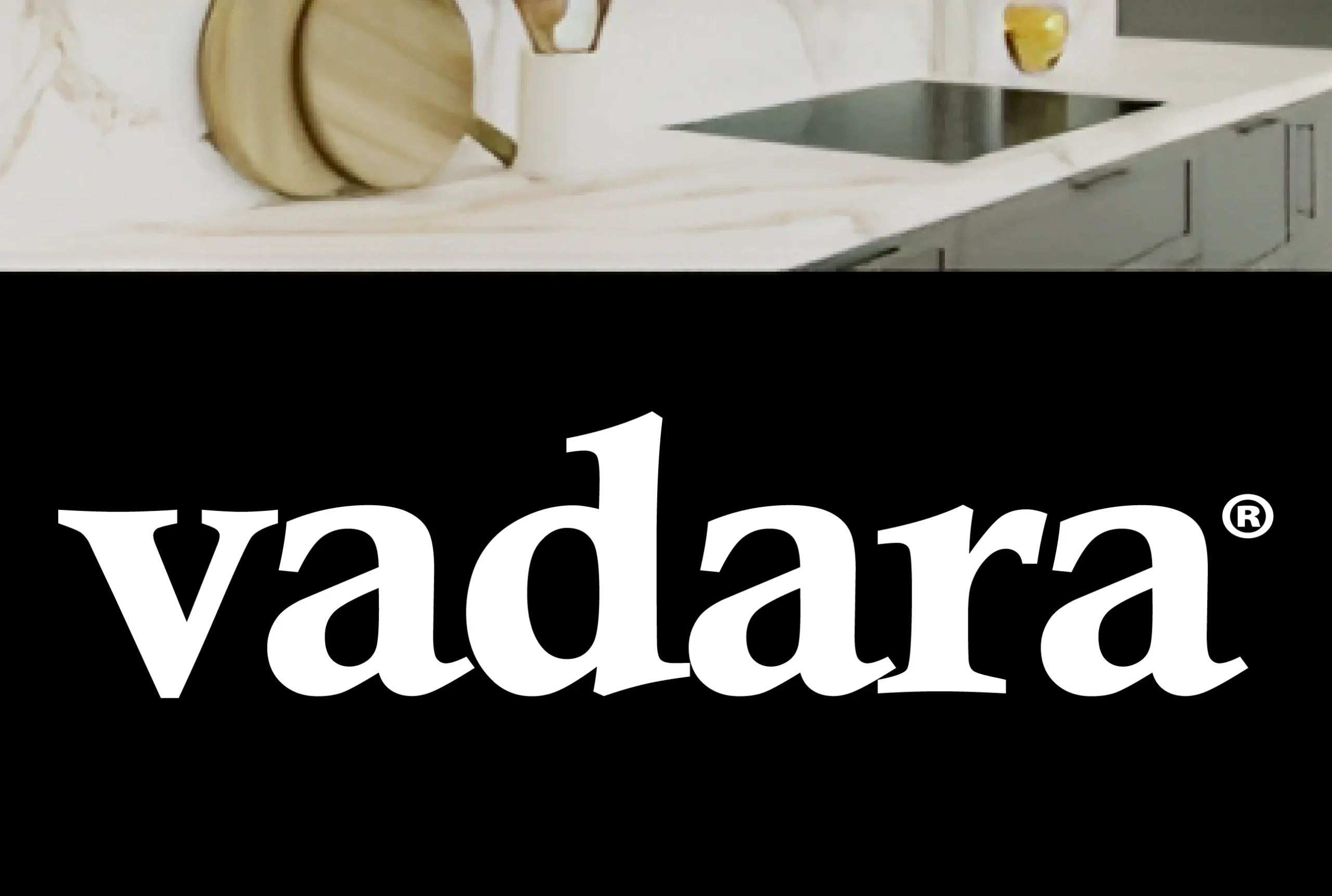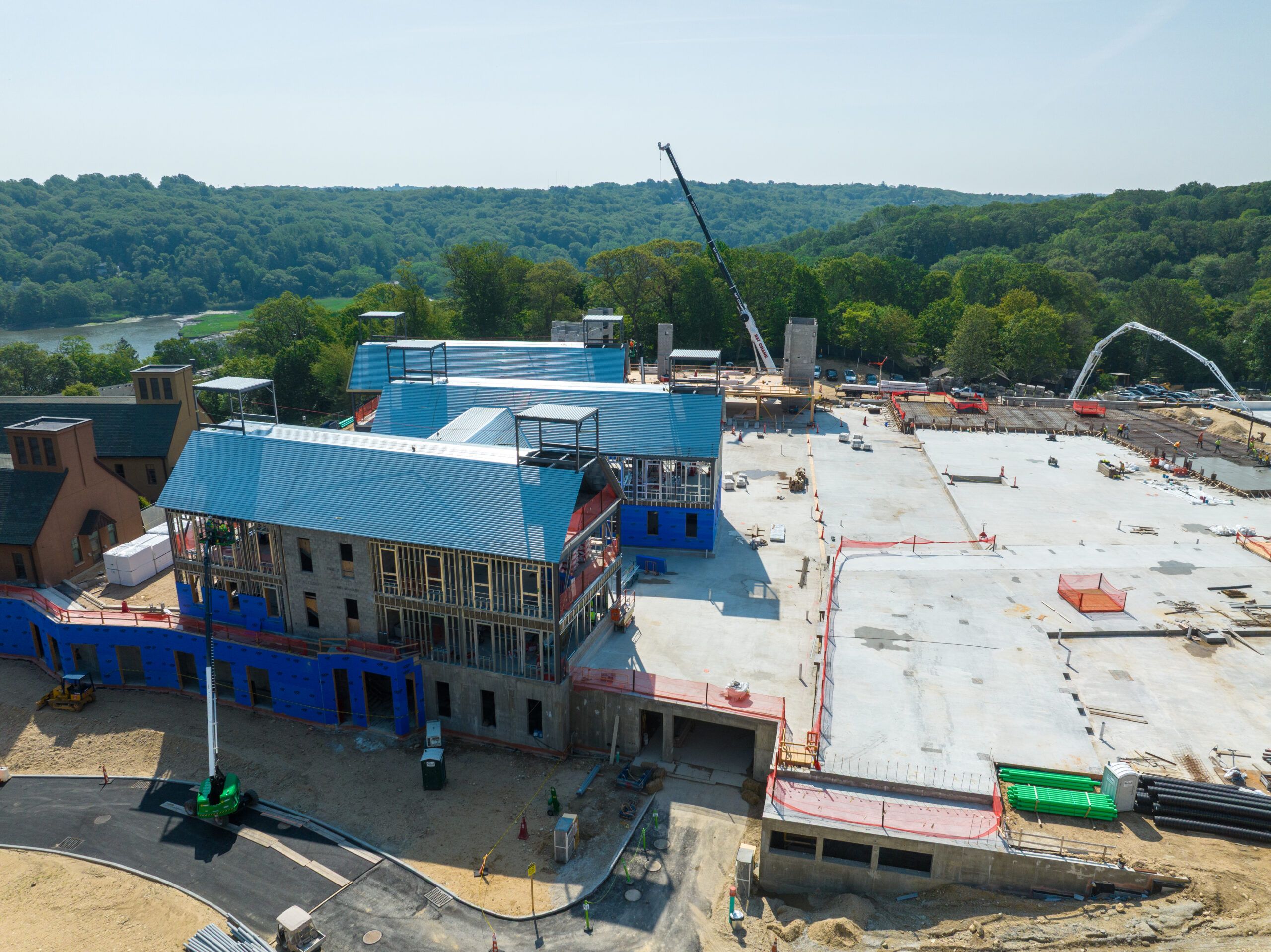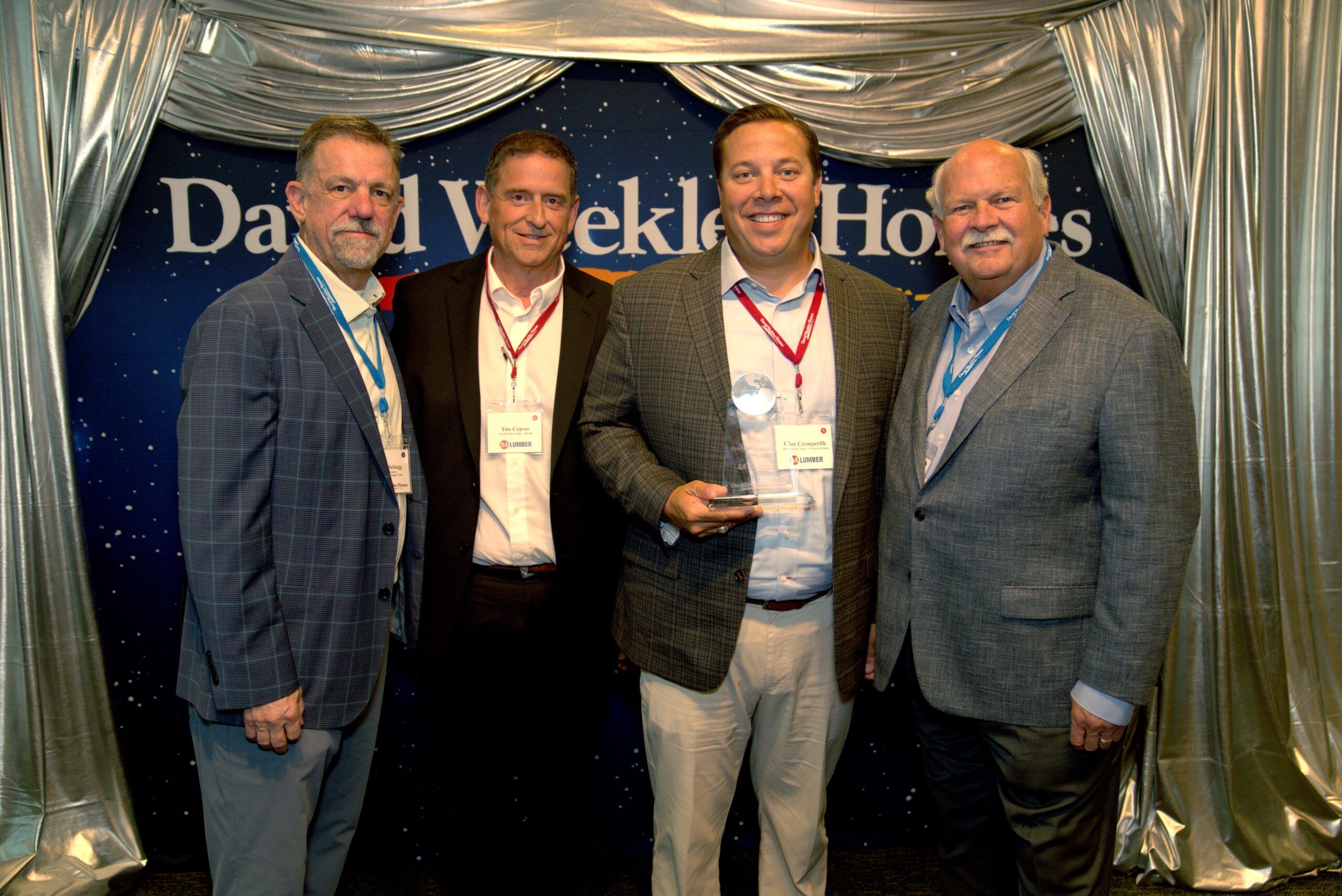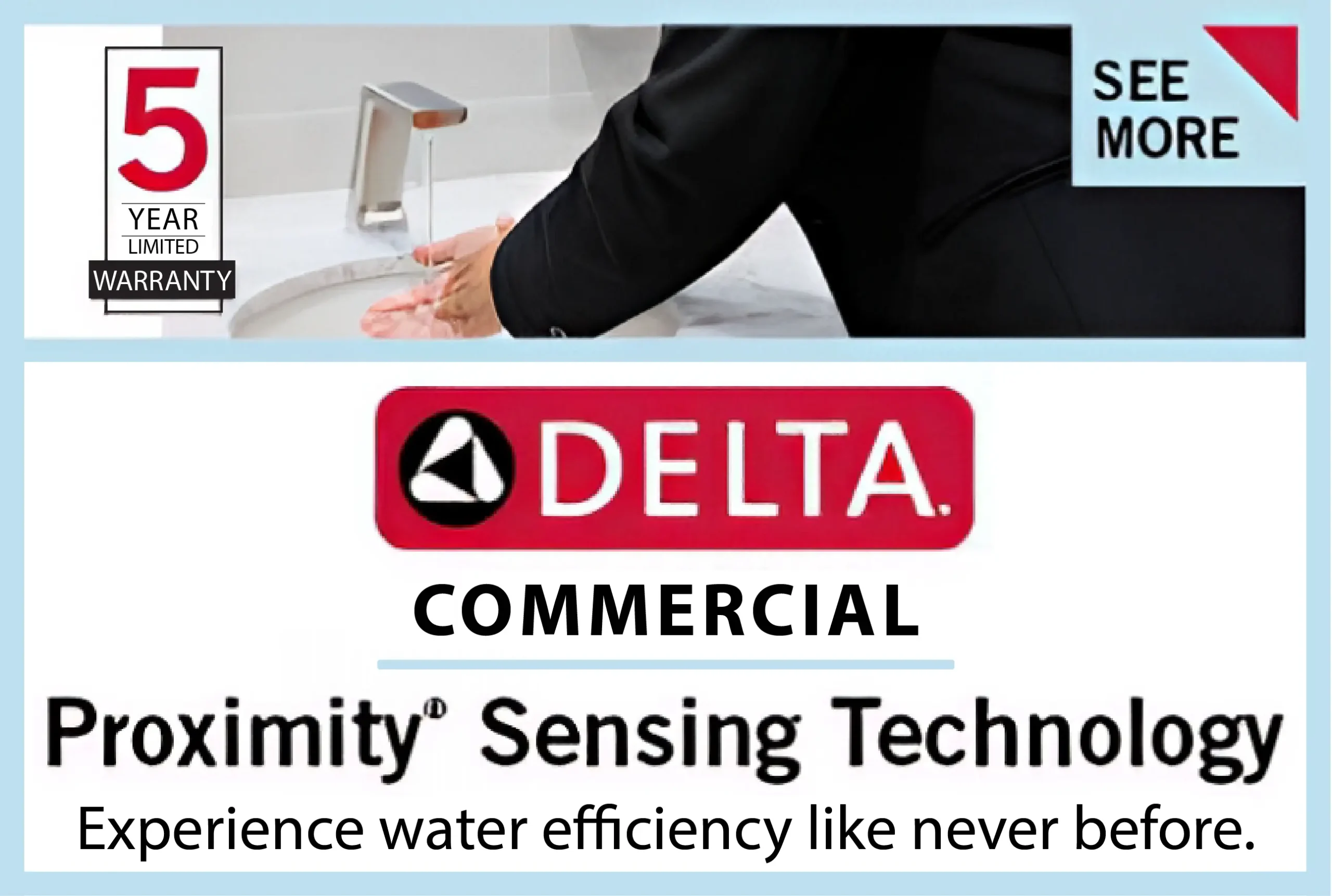In construction and commercial design, timelines, and budgets often take centre stage. Understandably, project managers and developers look for ways to stay on track and reduce costs. But one area where shortcuts can quietly backfire is material selection. What may seem like a minor compromise at the procurement stage can snowball into a cascade of long-term issues—costly repairs, reputational damage, and reduced performance.
Choosing the right materials isn’t just about ticking boxes on a spec sheet; it’s about understanding how each choice will perform under pressure—both literally and financially. Cutting corners here can cost you far more than you saved upfront.
The Illusion of Savings
Opting for lower-grade materials can initially seem like a budget-friendly decision. In fact, cheaper alternatives often carry similar aesthetics or specifications on paper. But these savings are often short-lived.
Substandard materials tend to degrade faster, require more maintenance, and may not meet building codes or environmental standards in the long run. For example, selecting a lower-grade metal paneling system might save money upfront but can lead to corrosion, warping, or costly replacements within just a few years—especially in high-traffic or exposed environments.
Durability: The First Line of Defence
Commercial environments demand resilience. Whether it’s a retail façade, a transport hub, or a hospital corridor, materials are constantly exposed to wear, weather, and intensive use. That’s where proven solutions like stainless steel wall panels come into play.
304-grade stainless steel, for example, offers exceptional resistance to corrosion, impact, and daily wear. It’s easy to clean, highly hygienic, and retains its appearance over decades. While it may cost more initially, its longevity and low maintenance requirements often make it more cost-effective over the life of the building.
Investing in durability means fewer repairs, reduced downtime, and stronger tenant or client satisfaction—outcomes that ultimately benefit the bottom line.
Safety and Compliance Risks
Compromising on materials can also mean compromising on safety. Inferior fire ratings, poor weather resistance, or inadequate structural integrity can result in violations, failed inspections, or even legal liability. In an increasingly strict building regulations era, failing to meet compliance standards is a risk no responsible builder or designer can afford.
Premium materials provide peace of mind, especially those with documented certifications and testing. You’re not just paying for the product—you’re paying for performance you can trust.
Aesthetic Integrity Matters Too
Clients and end-users don’t just evaluate buildings based on function. Visual appeal, texture, and finish are key to brand perception—especially in hospitality, retail, and institutional sectors. Materials that tarnish, peel, or date quickly compromise the integrity of the entire project.
Stainless steel wall panels, for example, deliver a sleek, modern look that pairs visual appeal with practical benefits. They reflect light beautifully, withstand frequent cleaning, and offer consistent performance in both interior and exterior applications. It’s a solution where form meets function—without compromise.
Building with the Future in Mind
Sustainable building isn’t just about energy ratings and certifications. It starts with thoughtful material choices that minimise waste, reduce maintenance, and ensure long-term viability. When you opt for materials with proven lifespans, recyclability, and durability, you’re not just building for today—you’re building for decades to come.
Conclusion: Invest Now, Save Later
Material selection should never be treated as an afterthought or a place to cut corners. Every material you choose sends a message—about quality, safety, sustainability, and your commitment to delivering value.
So before reaching for the lowest bidder, ask what that decision might cost you five years from now. Because in construction, as in life, the cheapest option often ends up being the most expensive.











